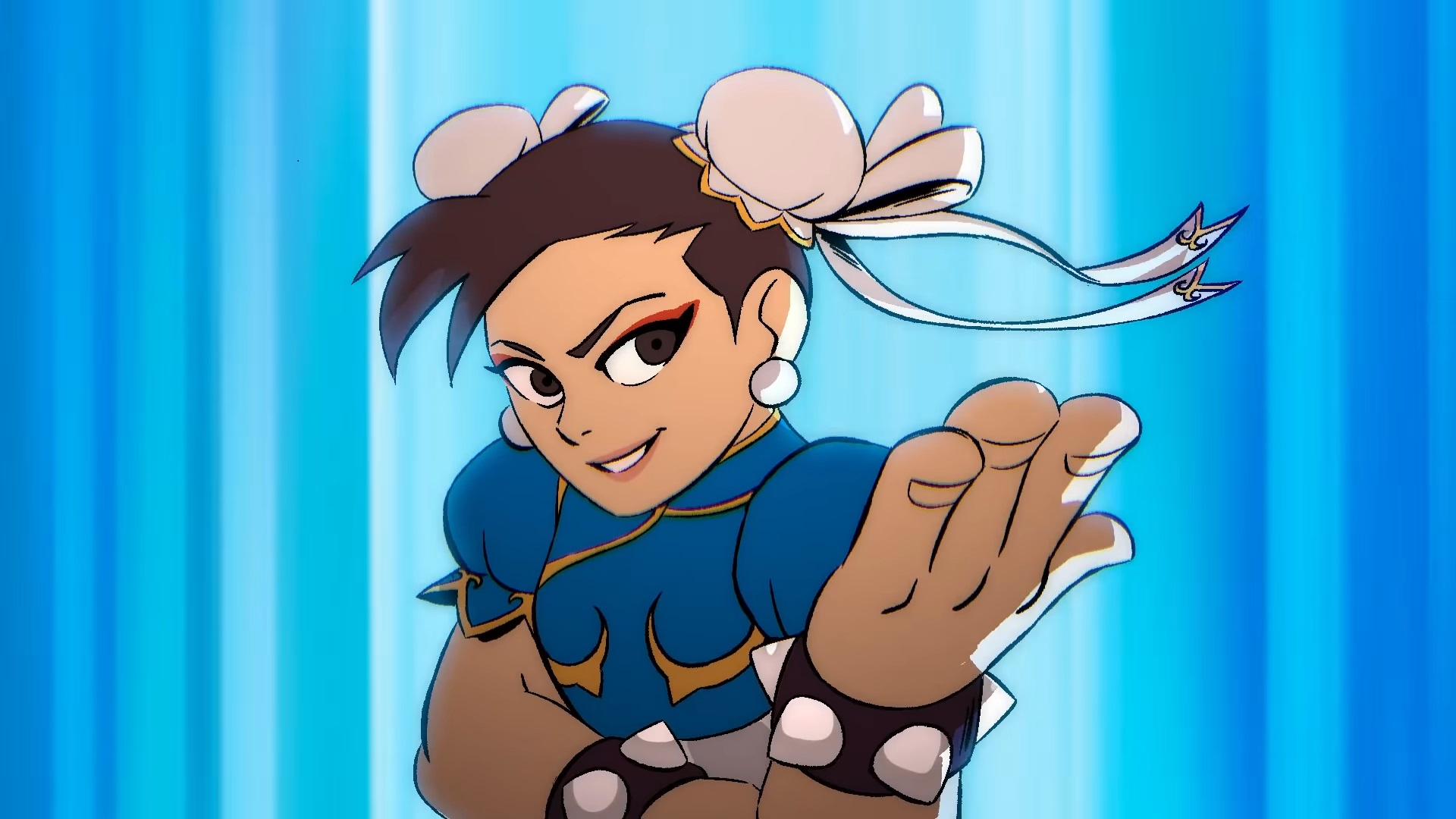Share
One of the great things about the modern indie landscape is that sooner or later, every old game that anyone has ever loved will get a homebrewed spiritual sequel.
In Mighty Fight Federation‘s case, it’s a Power Stone revival, with a splash of Super Smash Bros. and a hint of pro wrestling games. A bunch of Canadians got fed up with Capcom, as we all do from time to time, and set out to develop their own crazy four-player arena brawler. After making the rounds on the indie circuit for the last couple of years and collecting a few awards in the process, MFF got a full retail release at the end of February.
It’s not quite a 1-to-1 match with Power Stone, but it does end up feeling a lot like how I’d expect a new 2021 Power Stone to play. I don’t love its solo content, but as a party game, Mighty Fight Federation‘s got a lot going for it.

The Wrestling Show at the End of the World
MFF bills itself as a 3D arena fighter, with an emphasis on combos, launchers, aerial moves, and rushdown. You can’t block, but you can dash freely around the arena, and burn super meter for a combo breaker if you get into a jam.
The titular Federation is an interdimensional competition held by Hyperion, a god of energy who looks like Vince McMahon attained cosmic awareness. He entices fighters to join the Federation by promising to grant them wishes if they win, but they’re actually there to generate conflict for Hyperion to feed off of.

It’s a ’90s comic book crossover of a premise, and the roster lives up to that. The playable fighters in MFF include a Sailor Moon clone, a demonically-powered soccer player, a skeletal cowboy with a keytar, Viewtiful Joe’s evil cybernetic twin, Yooka-Laylee, and Toejam & Earl. (Kunio-kun and Miriam from Bloodstained are scheduled to arrive in the future as DLC, and I figure it’s only a matter of time before Shovel Knight shows up.) The closest thing to an entry-level normal guy is Billy Strikefist, and even he’s a walking Final Fight shout-out.
While most of the starting roster is easy enough to pick up, they all play somewhat differently from each other. This is mostly down to the presence of the Special button, which has a unique function for every character, such as a stance shift, character swap, or projectile.

There’s a useful tutorial built into MFF that teaches you a lot of the specifics of its system, including throws, rolls, and how to use your super meter. Unfortunately, it also focuses entirely on a single character, Heckbane the gym rat demon, so you come out of the tutorial knowing how to play him and nobody else. With more entry-level fighters like Strikefist, that’s no big deal, but Originelle in particular feels like she could’ve used a tutorial of her own.

Getting Hype
I was a little lukewarm on MFF to start with. It’s not a great solo game, because a lot of what makes it entertaining isn’t present in a one-on-one match. It needs some of the raw chaos of player vs. player action before its fighting really takes off.
When I was finally able to get a crew together to run a few hours’ worth of sets in person, MFF quickly came into its own. It’s got a nicely varied roster with a variety of styles of play, such as Krystal’s zoning, Hyperion’s pro wrestling (“hey, what if Zangief could teleport?”), Yooka-Laylee’s deceptive range, and Remi Redcard’s unusually great aerial special. Like Power Stone, it’s the kind of game that you could arrange an entire party around.

It does have a few weak characters on the roster—we couldn’t figure out how to make either Toejam or Earl work at all—and it does lack Power Stone‘s interactive stages and items, which is both a plus and a minus. The advantage to Power Stone‘s player vs. player vs. environment backgrounds was that it was a great leveler, if you had new players along for the ride, because bad luck or positioning was always a risk. MFF seems to be erring more on the side of professional-style Smash Bros. action, where the various stages are only slightly different from one another.
It’s got its rough edges, but it’s an indie game, and it’s filling a long-neglected niche. Most of the other arena fighters on the modern market are anime tie-in games, so it’s nice to have one that feels like a goofy superhero crossover instead. Mighty Fight Federation may have come out at a bad time, since it plays best when you’re fighting other people on the same couch as you, but once get-togethers are okay again, it’s well worth picking up for your next party.




